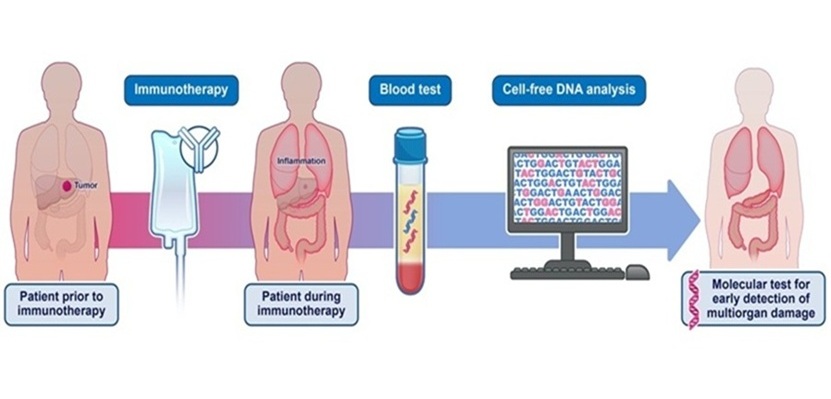Biomarkers Distinguish Latent from Active TB
By LabMedica International staff writers
Posted on 02 Aug 2010
Multicytokine profiles of patients can determine if they have active or dormant tuberculosis (TB). Posted on 02 Aug 2010
A pattern of two cytokines was reasonably good at differentiating between persons sick with TB and persons infected but not ill. In addition, a third cytokine looks promising in distinguishing between uninfected persons and infected individuals.
Cytokines are proteins that are secreted by cells and regulate the behavior of other cells by binding to receptors on their surfaces. This binding triggers a variety of responses, depending on the nature of the cytokine and the target cell.
In a study, carried out at Duke University Medical Center (Duke University; Durham, NC, USA), whole blood samples were collected from 71 people belonging to one of three groups: those with active TB, those with latent TB infection, and those who were not infected with Mycobacterium tuberculosis. The blood samples were exposed overnight with mitogen (positive control), saline (negative control), and a mixture of three tubercles bacillus antigens that stimulated an immune response. Scientists then measured the levels of 25 specific cytokines, to determine the presence of a pattern that could allow them to differentiate among the three groups.
Four cytokines had significantly greater response to stimulation in TB-infected persons (active or latent) than in uninfected persons: interferon gamma, IP-10, MCP-1, and IL-15. Of these, two cytokines had significantly greater responses to stimulation among persons with active TB than persons with latent TB: MCP-1 where the median response was 30,000 pg/mL in active TB and 11,100 pg/mL in latent TB. For IL-15 the median response in active TB was 152 pg/mL and 35 pg/mL in latent TB. A combination of MCP-1 and IL-15 at cutoffs of greater than 25,000 pg/mL and 80 pg/mL respectively, correctly categorized 10 of 12 active TB infections and 28 of 32 latent TB infections.
The resurgence of tuberculosis has resulted in the declaration of a global health emergency by the World Health Organization (WHO, Geneva, Switzerland, www.who.int). Every year, nearly half a million new cases of multidrug-resistant tuberculosis (MDR-TB) are estimated to occur worldwide. Jason Stout, M.D., M.H.S., assistant professor at Duke University, said, "Generally a culture is required to tell the difference between latent infection and active tuberculosis, but a culture usually requires weeks to deliver a result. A rapid test that could tell the difference between latent and active tuberculosis would be a major step forward.” The findings were reported at the American Thoracic Society International Conference held in New Orleans in May 2010.
Related Links:
Duke University Medical Center
WHO














